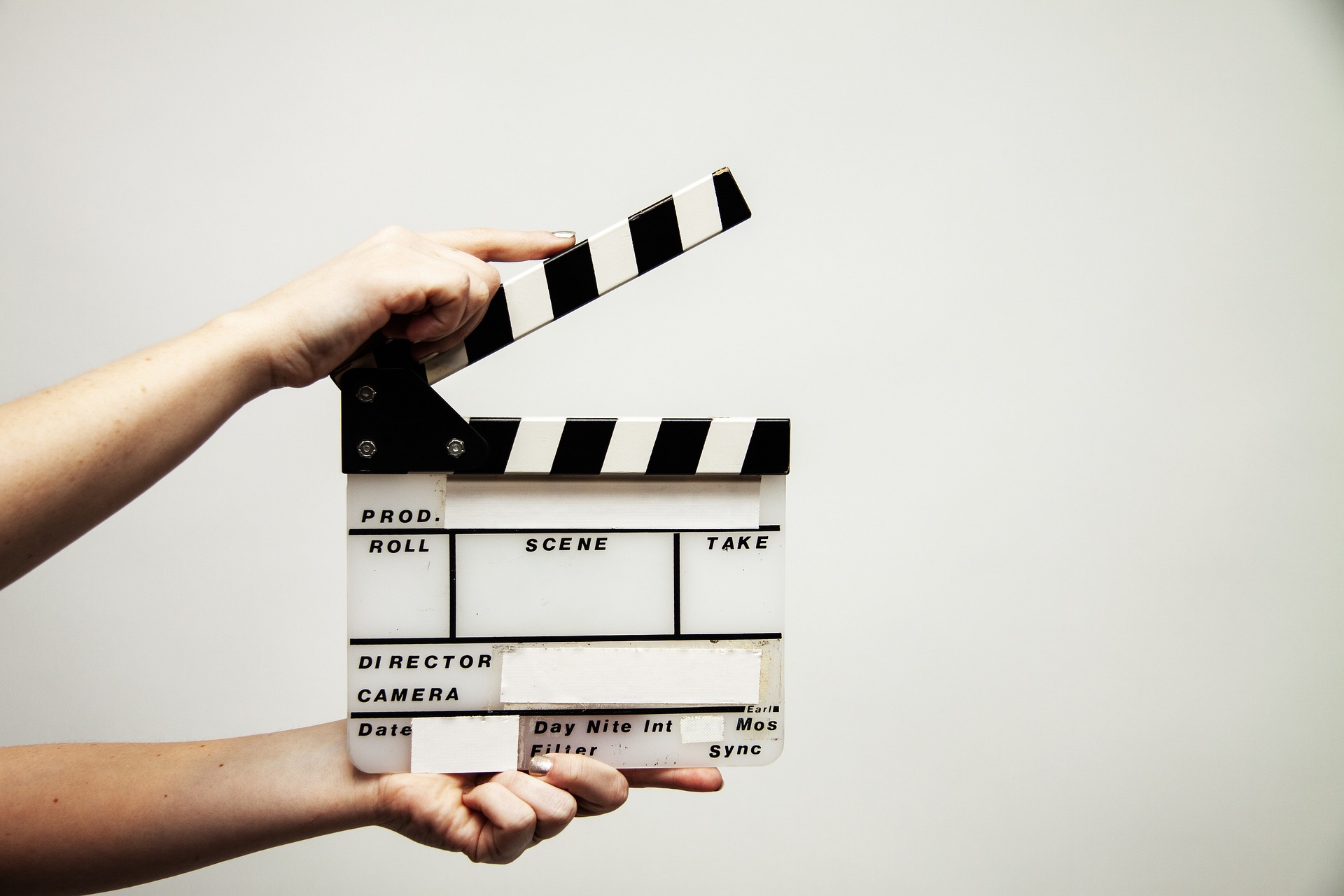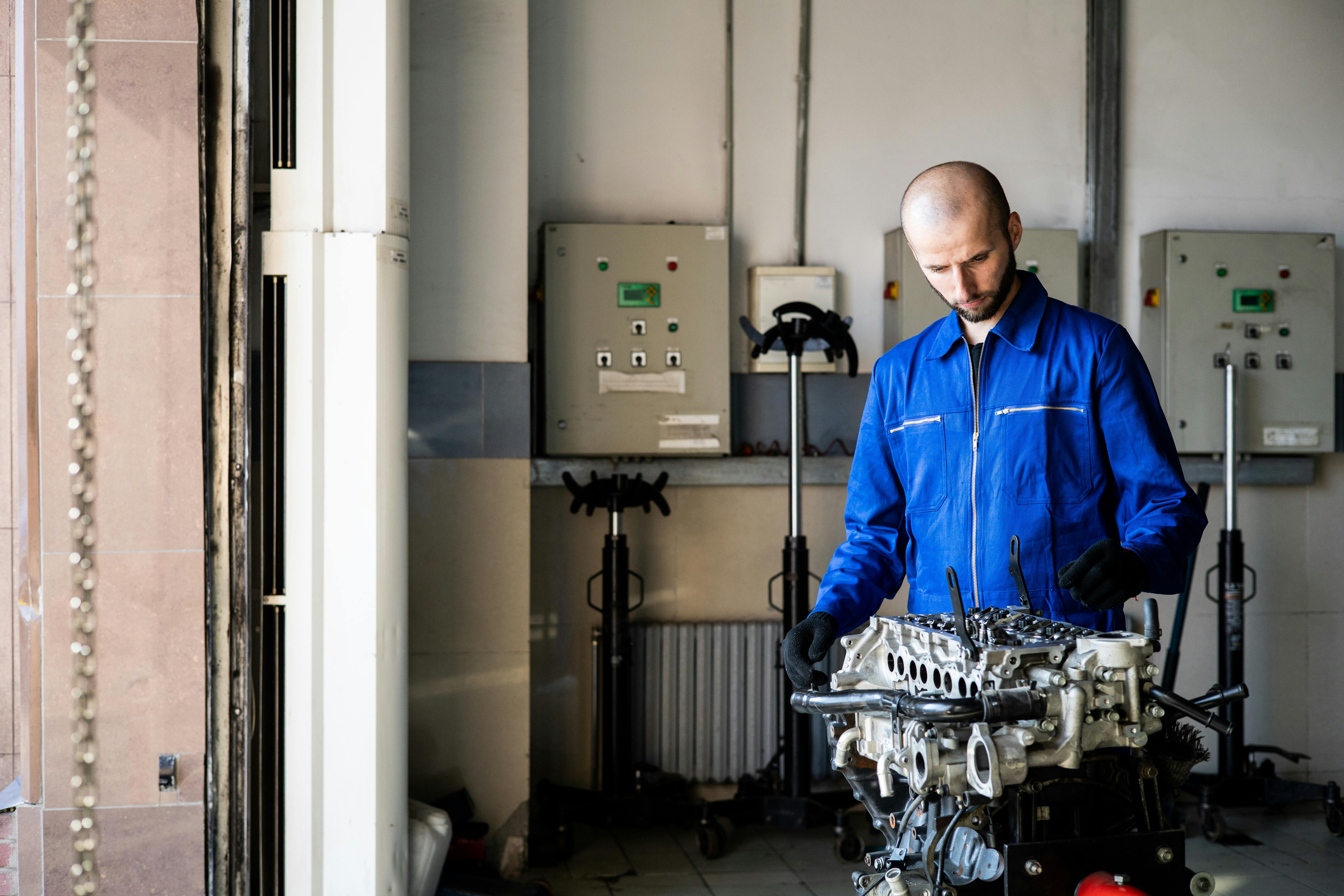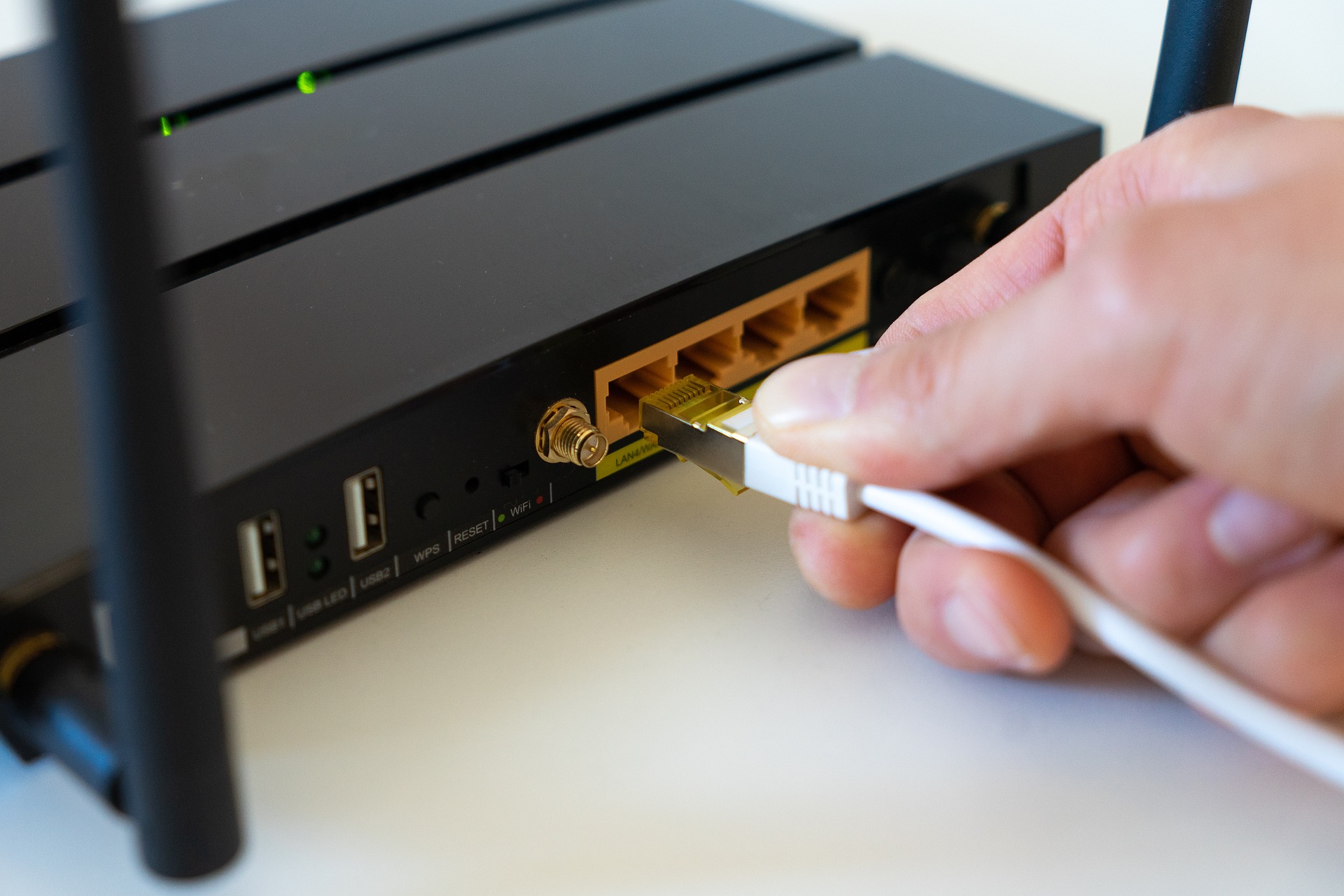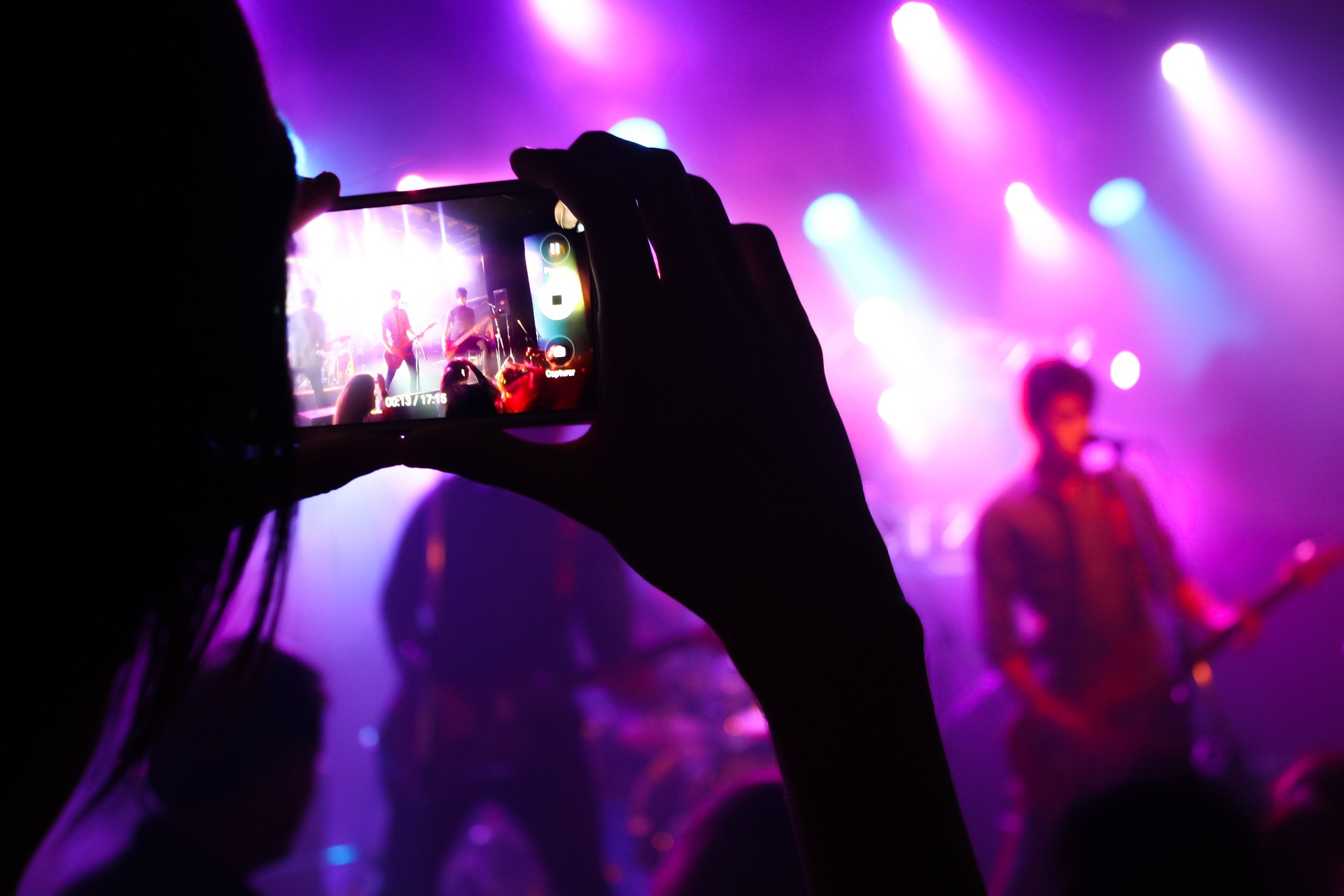A New Dawn: The Impact of Virtual Reality on Performing Arts
In the ever-evolving landscape of arts and entertainment, a revolutionary force is reshaping the industry: Virtual Reality (VR). This technological marvel is offering an innovative platform for artists and performers, transforming traditional performances into immersive experiences. This article delves into the rise of VR in the performing arts, its current applications, and its potential to redefine artistic expression in the future.
The Genesis of VR in Performing Arts
Virtual Reality, as a concept, has been around since the mid-20th century. However, it wasn’t until the 21st century that this technology started making significant strides in various sectors, including performing arts. With the advent of affordable VR headsets, artists began exploring this technology as an alternative medium for creative expression. Early forays were experimental, often limited to individual performances or installations. Gradually, the potential of VR as a transformative tool in performing arts started to gain recognition.
Current Implementations and Innovations
Today, VR technology has permeated various aspects of performing arts. For instance, in theatre, VR is being used to create immersive performances, allowing audiences to step into the play itself. In dance, choreographers are employing VR to design innovative performances that push the boundaries of traditional staging.
Moreover, opera and music concerts are being revolutionized with VR, offering audiences a 360-degree view of the stage, and sometimes, the unique opportunity to experience the performance from the artist’s perspective. Also, VR is aiding in set design and rehearsal processes, enabling artists to work in simulated environments.
The Significance and Reception of VR in Performing Arts
The impact of VR on performing arts has been profound. By creating immersive, interactive experiences, VR has redefined the audience’s role from passive observers to active participants. This shift has opened up new avenues for storytelling and artistic expression.
Critics and audiences alike have lauded VR performances for their innovation and immersive qualities. However, some have expressed concerns about the accessibility and affordability of VR technology. Despite these challenges, the general reception towards VR in performing arts has been largely positive.
The Future of VR in Performing Arts
As VR technology continues to evolve, its potential applications in performing arts are limitless. Future performances may include tactile feedback, allowing audiences to ‘feel’ the performance. Also, with advancements in AI, VR performances could adapt in real-time to individual audience reactions, creating truly personalized experiences.
Conclusion
Virtual Reality has undeniably ushered in a new era in performing arts. It has transcended traditional boundaries, offering novel and immersive artistic experiences. As we look to the future, the marriage of technology and art promises to continue to surprise and delight us in ways we can scarcely imagine.







